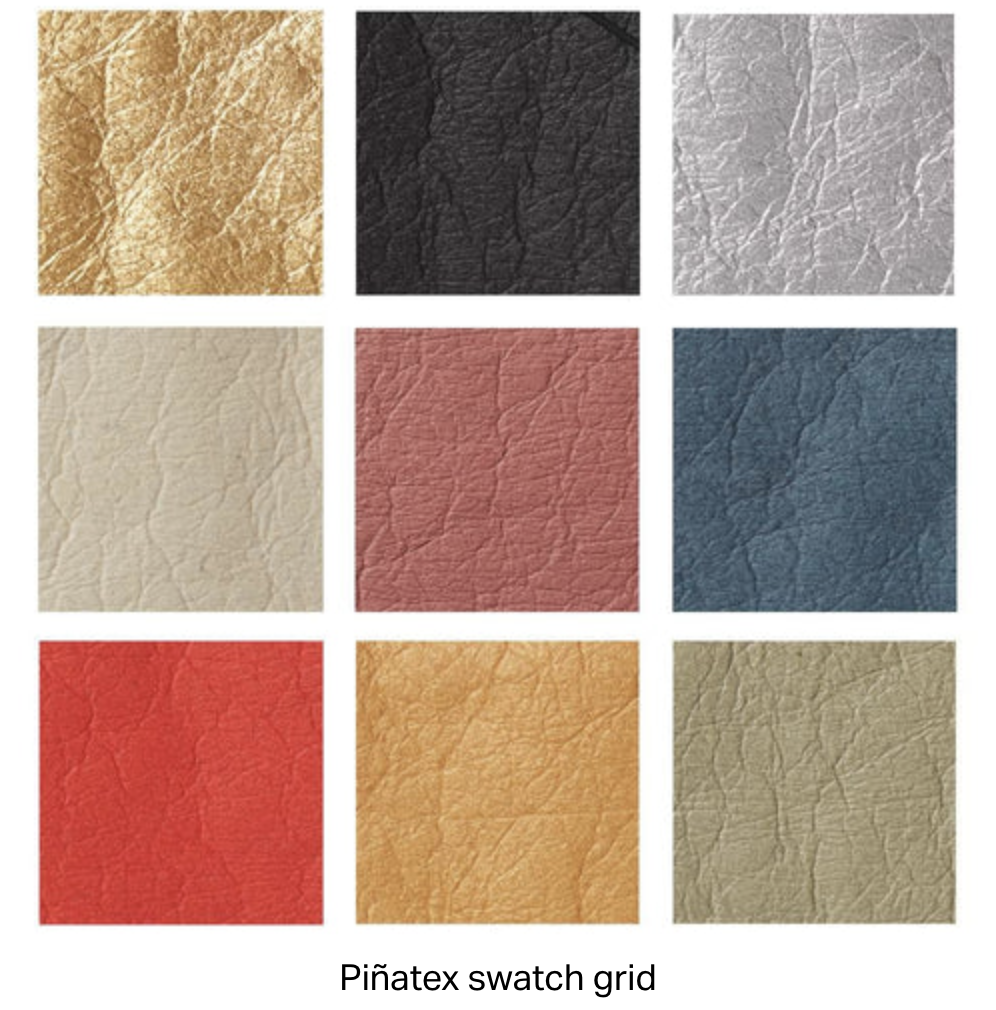As consumers are becoming more and more consciously aware of the negative global impact of their linear consumption and excessive shopping patterns, many are looking to atone their actions. So naturally this gives companies the opportunity to adjust their business models, investments and innovations in order to meet the growing demand for affordable sustainable products. For the first time in history, consumers are willing to pay for sustainability. It has become the “expectation rather than the exception” in the market.
Unfortunately, many companies are simply announcing initiatives that will portray a “greener” image rather than actually being more eco-friendly. They are guilty of making vague claims of their adoption of more sustainable materials, recycling programs and ethical practices without committing to them. This is a form of greenwashing.
What’s Greenwashing??
Greenwashing is a marketing ploy that takes place in several industries. It is a company’s attempt to take advantage and capitalize on the growing demand for eco-friendly products by conscious consumers. The companies are being deceptive in its messaging surrounding the company’s social and environmental sustainability endeavors. In fashion and textile sectors, brands tend to greenwash by over-representing its sustainability claims in everything from the fabrics and materials used to their supply chain operations. These companies convey false impressions through marketing to mislead the consumer. Their labels and packaging purports misleading verbiage that’s very vague and ambiguous. Many brands and designers use words such as “natural, conscious or green” to describe their collections or products, when in fact they have not made any eco-friendly changes to materials or practices. They are simply using marketing techniques to overshadow their shortcomings.
Where to find signs of Greenwashing??
Greenwashing is pretty easy to spot, and that is because companies and brands want you the consumer to be the first to see it. They use their resources to blast their “greener” image across various platforms using several techniques. Below are examples:
Ads. Unsubstantiated claims made through misleading advertisements and marketing tactics by way of press releases, announcements, commercials and labeling to ensure that consumers are privy to their “environmentally friendly” brand updates. Companies being deceptive by changing packaging on existing products to advertise sustainability, but contents and materials remaining exactly the same. Lastly, companies using buzzwords and misleading verbiage on product packaging or collection labels such as “natural”, “conscious”, or “organic” are all examples of greenwashing through advertisement and marketing. I’ve come to find out that although a company may say a collection is conscious or made with organic textiles that this can be true, however, only these claims are only in reference to a small percent of their overall production. Most times the exaggerated “conscious and sustainable” claims are to overshadow shortcomings that the company is facing.
Misaligned messaging. In recent months lots of fast-fashion brands have been accused of greenwashing. A lot of the accusations stem from their being such a drastic change in the brand’s mission and messaging, but not their actions. These companies now boast about being environmentally friendly but have made no changes in their business models nor their daily operations. They continue to mass-produce, and there isn’t true transparency with the consumer. Genuinely green businesses support their claim detailed facts. These companies accused of greenwashing offer no real in-depth plans or solutions to be more sustainable or how they will make positive impact on the environment. Their simple solutions are merely lip-service and deceptive featuring, which is covering up counterproductive and destructive business operations.
Buyer’s Beware!!!
When companies make sustainability claims or launch a “conscious” collection, it is important that we the consumer look beyond the “green” hang tag attached to the items. In order to identify the brand’s true intentions, we should: a) pull the brand’s Sustainability Report; b) evaluate the brand’s environmental impact and their benchmark’s scores in comparison to competitors; and lastly c) look at the company’s goals or target, and ensure that they are science-based methods of climate change impact and avoidance.
Companies accused of Greenwashing in recent news:
Burberry
Although a notable luxury fashion house that has committed to sustainability and a circular economy system which will ultimately design out waste by reusing garments - they have been accused of greenwashing.Burberry openly makes their annual report available to all shareholders which is a great show of transparency.However, the brand was found out to be cremating unsold stock.The line in the report read as “finished goods physically destroyed during the year”.In an effort to decrease the number of deadstock found in the Global South and avoid the brand being tarnished by the “grey market”, the brand decided upon the incineration of unsold stock.Managing one’s supply chain via incineration isn’t sustainable. A more sensible and responsible solution would have been allow shareholders the opportunities to buy discounted before destroying the products
H&M
H&M is the second largest fashion retailer in the world producing up to 3 billion garments annually. In recent years, the company have been heavily promoting recycling and their sustainable conscious collections. Unfortunately, the company has been found to be greenwashing due to claims of making insincere advertising and labelling. H&M’s was deceptive about the amounts of recycled content included in their products. The company’s Conscious Collections uses more synthetic fibers than its “regular” collections. Items labelled “conscious” were discovered to have derived from 100% fossil-fuel synthetic materials.
Others greenwashing claims reveal that H&M also incinerates unsold stock, and burns faulty stock in power station located in Sweden.
Zara
Zara is one of the largest and most popular fast fashion brands. The company has the capacity to produce a whooping 12,000 new designs and manufacture more than 450 million clothing items daily. Around 20 years ago, they introduced their “Join Life” campaign which pledged to move the company towards a circular economy model and extend the life cycle of their products. However, current day Zara hasn’t made any substantial strides to reach their goal of switching to 100% renewable energy to run internal operations by 2030, nor have they actualized their plans to use only cotton and polyester materials. The brand isn’t sustainable nor recyclable contrary to claims. It continues to mass produce low quality clothing in high volume each season.
Zara was accused of greenwashing because they aren’t transparent with publishing the details of their audits which provide details of factory list, business models adjustments and evidence of offsetting high carbon footprint in its supply chain. There also isn’t support for claims of overall company waste reduction.
Shein
Shein is the largest online-only fashion retailer in the world. The company reached a valuation of £21 billion by summer of 2021 with reported revenue reaching £7 billion. Shein produces an obscene number of inexpensive, disposable products ranging from women apparel sized XS-5XL, menswear, accessories, makeup, tech and pet supplies.
Last year, an announcement was made on Shein’s behalf at the global fashion summit in Copenhagen that they would donate $15 million to The Or Foundation to support waste management and diversion efforts within the communities in the Global South. The company claimed to understand the impact of their overproduction and the possibility of their branded items landing in landfills. However, the company was later accused of greenwashing because despite the headlines of the EPR fund, Shein has failed to slow down production or offer a true solution for reducing textile waste. They continue to mass-produce low quality clothing at an alarming rate.
Recently, Shein announced that in efforts to promote circularity, they would launch a resale component just for their US shoppers on its e-commerce site and app, Shein Exchange. The brand is looking to take advantage of trends and the success of other resale platforms and marketplaces selling Shein items. However, shortly after the announcement, an expose’ aired on UK televisions that accused the company of greenwashing and other egregious acts regarding labor conditions of Shein workers. It was found that workers only make about 0.03¢ per garment, and are forced to work 18 hour days, as well as tons of other misleading and deceptive features and marketing strategies throughout the company’s website. It goes without saying that peer to peer reselling will do very little to reduce textile waste and pollution caused by the company, especially if they continue to demand their workers to produce thousands of units of clothing each day.








